THE PRINT





CONCEPT
Odaiba, a city surrounded by ground and landscape that is entirely man-made. Many of the modern cities are made up of the wisdom, inspiration, and efforts of many nameless predecessors in the past. The motif of this artwork to be created is "fingerprints”. It is a symbol of "individual identity" as well as a trace of "humankind" which includes its intervention in nature.
However, the trace is like a labyrinth that cannot be unraveled even if we try to trace its roots, origin, or original purpose. This artwork shows us about our relationship with nature which might have been destroyed by us consequently, but still tries to live strong, and it is an experience of the unseen purpose of humanity's search, and lets us think about our new starting point.
Video Message
After Talk
REPORT
Approximately 30 different types of plants were used in this artwork, which resembles a labyrinth of hedges made of short plants and trees. On the ground in the center of the labyrinth was a sign with a QR code, which could be read with a smart phone to see a photo of the work viewed from above, an experience that let visitors know that this work was based on a "fingerprint" motif. The children ran around joyfully, and their fathers and mothers could be seen pointing out their paths to the right and left from the observation platform. In keeping with the theme of the art festival, "NEW SCALE," this work allows visitors to actual experience SCALE by walking around.
On the last day of the event, we distributed some plants made up the artwork at the Flower Plaza to visitors who wished to take them home. The visitors selected the plants and happily took them home with them.
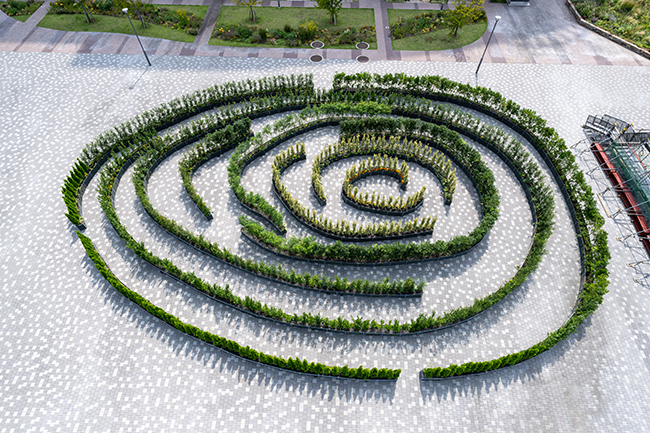


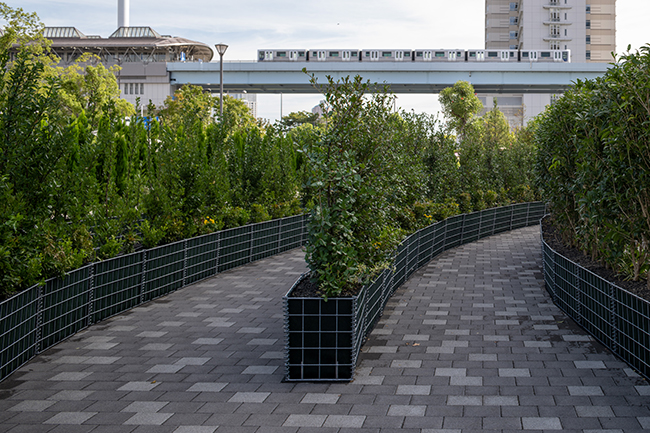




Date : September 16th - 25th, 2022

PROFILE
Leandro Erlich was born in Argentina in 1973. He works based in Buenos Aires. His work has been shown internationally and featured in the permanent collections of major museums. His projects are also introduced in Japan, including the solo exhibition at the MORI Art Museum (2017) which was very popular attracting visitors from different countries and wide generations. He also presented during Setouchi Triennale (2019) and was invited in 2018 by the Triennal of Echigo-Tsumari to install a monumental permanent piece “Palimpsest”. “Swimming Pool” the piece that represented Argentina at the 49th Venice Biennale (2001) is a central and permanent installation at the 21st Century Museum of Contemporary Art, Kanazawa since its opening in 2004.
http://www.leandroerlich.art/
Planning cooperation
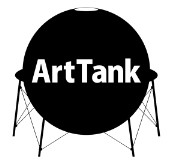
ArtTank works as a partner of the artists supporting and managing their production and exhibition. After working for Art Front Gallery Co. LTD, founded ArtTank in 2019. They work as a studio for artists with various experiences of over 1,000 projects including public art commission works and international exhibitions such as Setouchi Triennale and Echigo-Tsumari Art Triennale.
They have coordinated art planning and production for domestic and foreign artists, museums, and companies such as “Leandro Erlich : The Confines of the Great Void” at Central Academy of Fine Arts, Beijing, ”Leandro Erlich : Both Side Now” at SeMa, Seoul Museum of Art and ”Meet Your Art Festival NEW SOIL” by avex. They are also currently running the “Tanker Project” as an independent project.
https://arttank.co.jp/
Sponsor
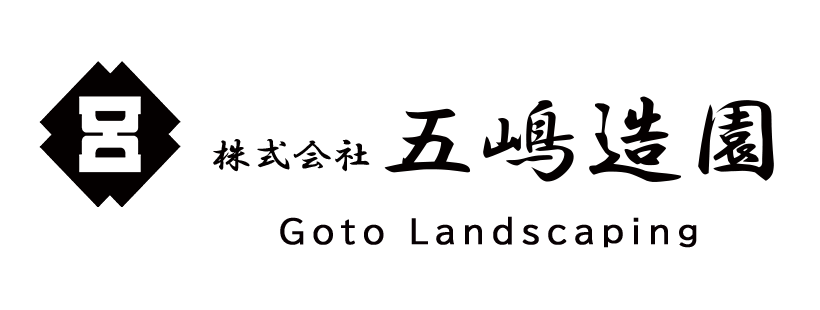
Goto Landscape Co., Ltd., which is in charge of the production of this artwork, provided all the plants that make up the artwork.
http://goto-zo-en.co.jp/
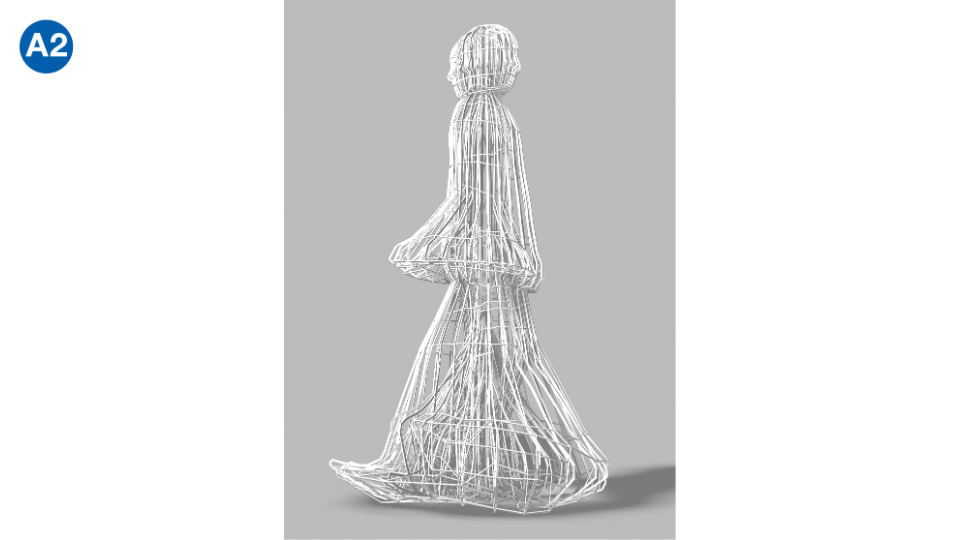
CONCEPT
The white object, taller than the height of a human body, resembles the shape of the human body upon closer inspection.
The fundamental movement of people, "walking," appears through rotation, and this large person continues to walk toward "somewhere." The prototype for these works was born out of the artist's realization that humans are mobile creatures and that we are in constant motion as physical movement became more difficult due to the pandemic, and the artist myself was constrained by this situation. The pedestal of the work is in the form of a clock position, which represents a direction, and attempts to show the options of where people are walking and where they are heading in this chaotic period.
The surrounding area is dotted with small box-shaped works in which walking people photographed at intersections around the world that I have visited are trapped, and they are likewise heading somewhere. Although it is impossible to know in advance what will happen at the destination, people always walk forward. The work brings to mind the image of people walking, overlaying a scene of The Tokyo Waterfront City where many people come and go.
REPORT Two figures made with rotating wire frames are created by breaking down the figure of a person walking out into several parts and fabricating them with wire frames, so that one step is taken after one rotation. The figures can be seen walking from any direction and seem to be trying to walk in various directions. Inside the 12 surrounding boxes are wire-framed images of various people walking at the intersection, arranged in a circle and rotating. Inside each box is a light that illuminates the figure as it walks by. The top of the box has a transparent slit, and on a sunny day, sunlight shining through the slit makes the walking figures appear. At night, the box is illuminated, and the artwork can be appreciated in different ways depending on the weather and the time of day.

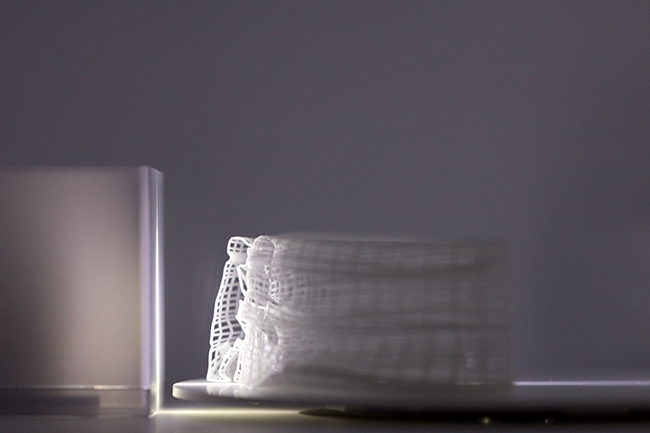
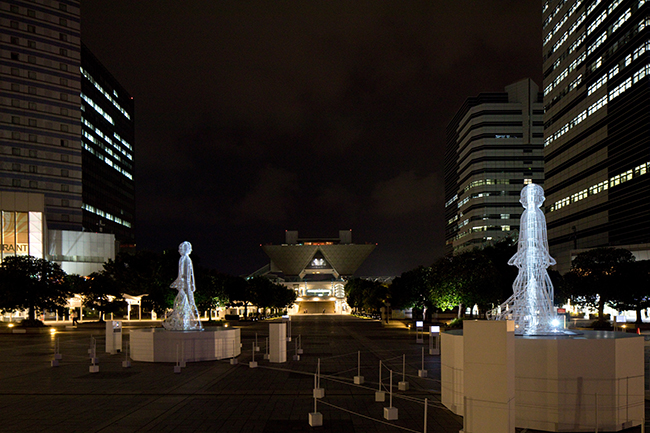
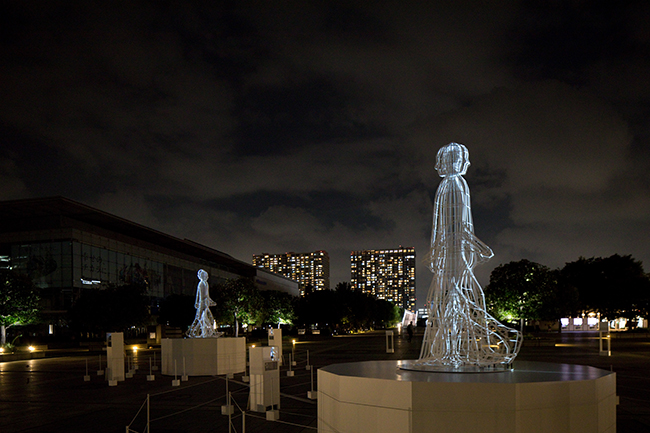
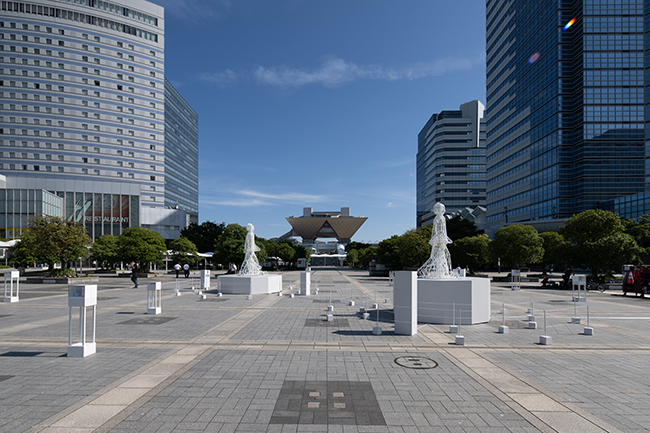


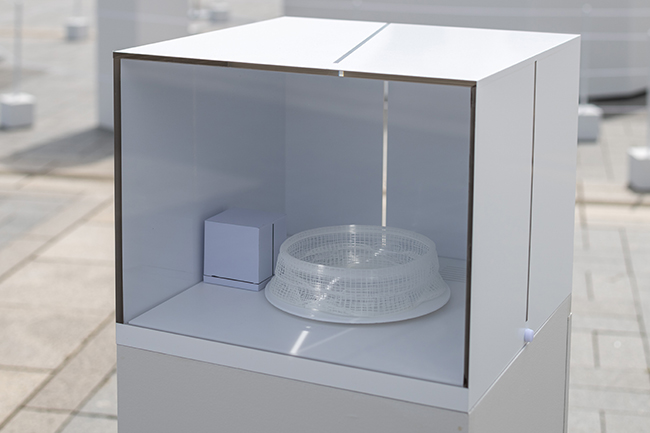
Date : September 16th - 25th, 2022

PROFILE
Artist, born 1984 in Gifu Prefecture, Japan. Using a variety of techniques ranging from primitive media and materials to contemporary technology, Goto's artwork focuses on movement, time, and the sense of life that emerges from them. Recent major exhibitions include "2022 Taiwan International Light Festival: Play & Playing—Light & Shadow" at National Taiwan Museum of Fine Arts, Taipei (2022), "Jack into the Noösphere" at Mihamaen, Chiba (2021), "Takamatsu Contemporary Art Annual Vol. 09: Imagine the presence of Time" at Takamatsu City Museum of Art, Kagawa (2020), "Open Space 2019: Alternative Views" NTT Inter Communication Center [ICC], Tokyo (2019), "Ars Electronica Festival 2019" POSTCITY, Linz (2019), "Media Ambition Tokyo" Roppongi Hills, Tokyo (2018), "SXSW Art Program" JW Marriott, Austin (2017), etc. He is currently an associate professor at Musashino Art University.
https://www.akinorigoto.com/

CONCEPT
Dreams Plaza is covered with grass, and a 1km long symbolic promenade continues on.
When we visited the plaza for the first time, part of the lawn was enclosed, and there was nothing to be seen except for the solitary workers sprinkling water on the grass. The scenery reminded me of the "inaccessible lawns" that could be sometimes seen in parks. People coming from the station did not even take notice of the plaza, for they had other aimed destinations.
An act of enclosure bisects a place, separating the inside from the outside and shifting its meaning. By reversing this logic, could we not create a new territory in the plaza?
As we walked along the long promenade under the strong May sunlight, we encountered a group of isolated objects; a lighthouse-like street lamp, a bench basking in the sun, and a discreet walking path sign. If we also enclose them, would they not take on different meanings? A group of altered objects that the visitors encounter abruptly would create a territory that would connect through the promenade.
In this coastal subcenter area of Tokyo, The Wild Territory will emerge.
REPORT
A low, circular bench-like "enclosure" made of light blue styrofoam and poles of pink, yellow, and blue fabrics formed a fun space that made the usual lawn area look like an amusement park. People sat using the enclosure as a bench, children played in the enclosure, and people strolled around the plaza and watched them...the people watching and the people being watched switched places at times, each enjoying this space like a theater.
A large number of objects (street furniture) were also displayed in the Symbol Promenade Park, a 1 km stretch that runs from the Dream Plaza through Yume-no-Ohashi Bridge. By scanning the QR codes printed on the curing tape near the artworks, visitors could access the Moving MAP to learn the location and titles of the objects. Visitors can stroll along the promenade, encountering objects at various locations and experiencing the expanse of the Tokyo Waterfront City.
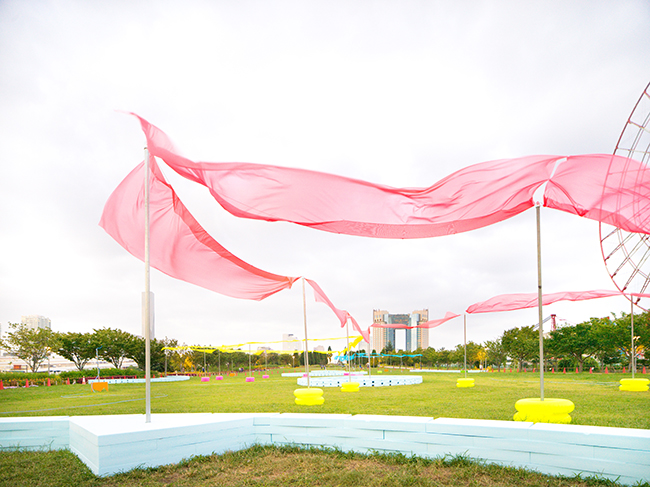

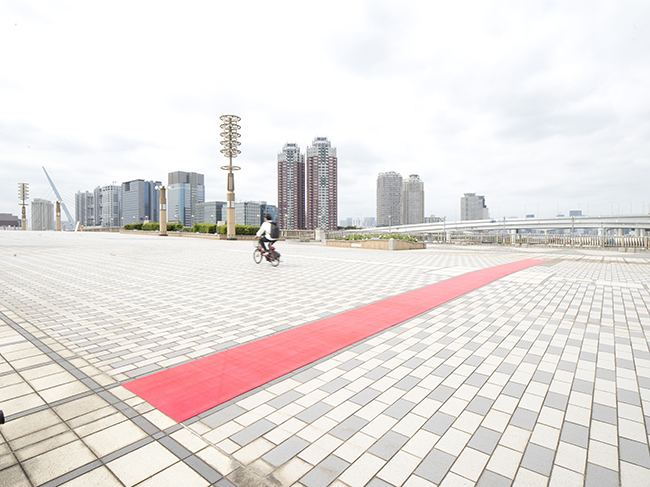

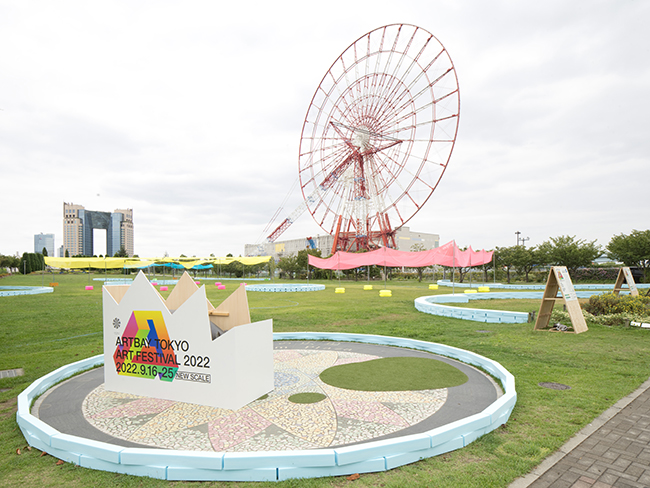
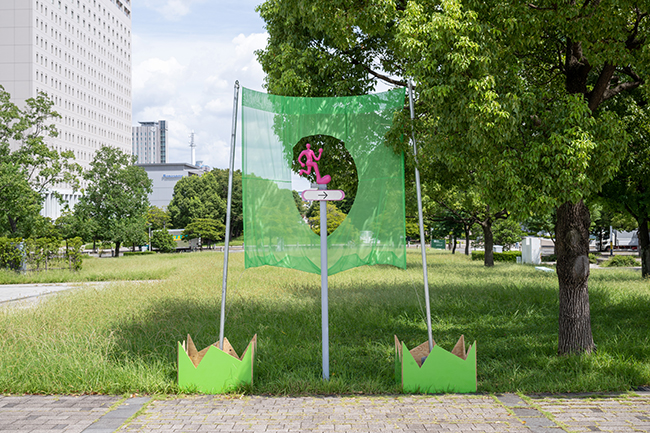
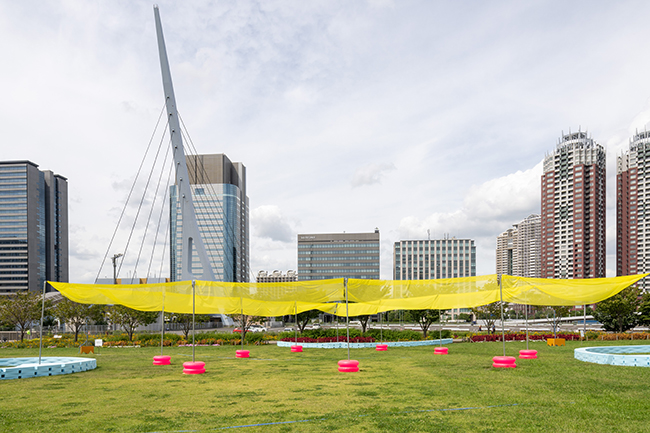
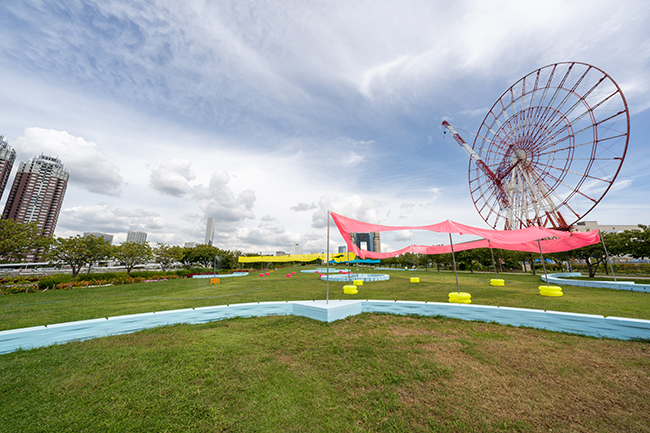
Date : September 16th - 25th, 2022
Dream Plaza(Theater)
Symbol Promenade Park(Street furniture)
Concept & Map(PDF)

PROFILE
An architectural collective formed in 2013 by Yuji Mukaiyama, Alyssa Ueno and Yushi Sasada. Founded in 2013, they have gained some creative experience in Japan and Europe, and have begun some architecture design activities based in Tokyo from 2018. They continue to create architectural interventions while critically rethinking urban culture. They attempt to create designs that make people aware of the symbolic forms that have no specific function in architecture and furniture. Winner of Frame Awards 2021, Set Design of the Year, and iF Design Award 2022, Window display category.
https://ultrastudio.jp/

CONCEPT From October to November 2021, Nobumasa Takahashi painted the walls of "ARTBAY HOUSE" as some familiar and unfamiliar characters such as Perry, Egawa Tarouzaemon Hidetatsu, animals in the street, aliens, robots, and the sunrise on the departure from The Tokyo Waterfront City. The "ARTBAY HOUSE," designed by an architect Mr. Motosuke Mandai based on the concept of eight cubes, was dismantled to form eight boards (monoliths), depicting the moment when it takes off into the universe. This work is an after-story of “All times and future of RINKAI-FUKUTOSHIN ", works represents the eight "monoliths" Unleashed from the walls are wandering around in a "blank" far out in the universe which is while thinking of The Tokyo Waterfront City and waiting for the time when they will be reunited.
REPORT The "RINKAI-FUKUTOSHIN universe" exhibited at the Tokyo International Cruise Terminal, the new sea gateway to Tokyo, which opened on September 10, 2020, was drawn with the idea that "we need to imagine a more enjoyable future" in spite of the current various social conditions. The illustrations in the work are connected by synapses to form a single world, and Nobumasa Takahashi hopes that " RINKAI-FUKUTOSHIN from now on will become a new platform, where we can draw a happy future. The visitors looked closely at the various images that were drawn in succession, as if they were looking at a picture scroll weaving its way into the future.

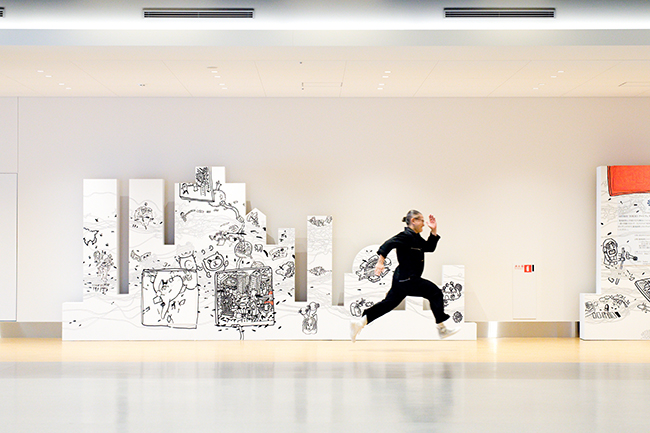


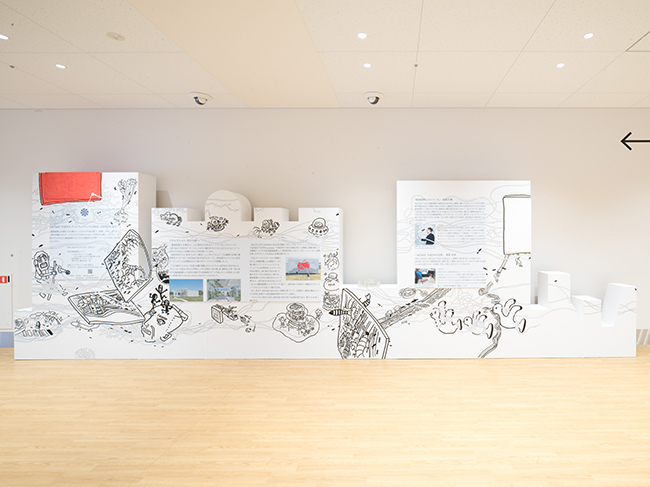
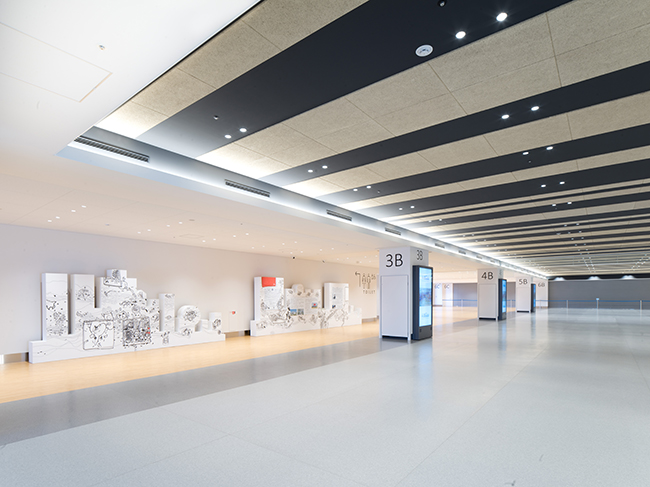
Date : September 16th - 25th, 2022
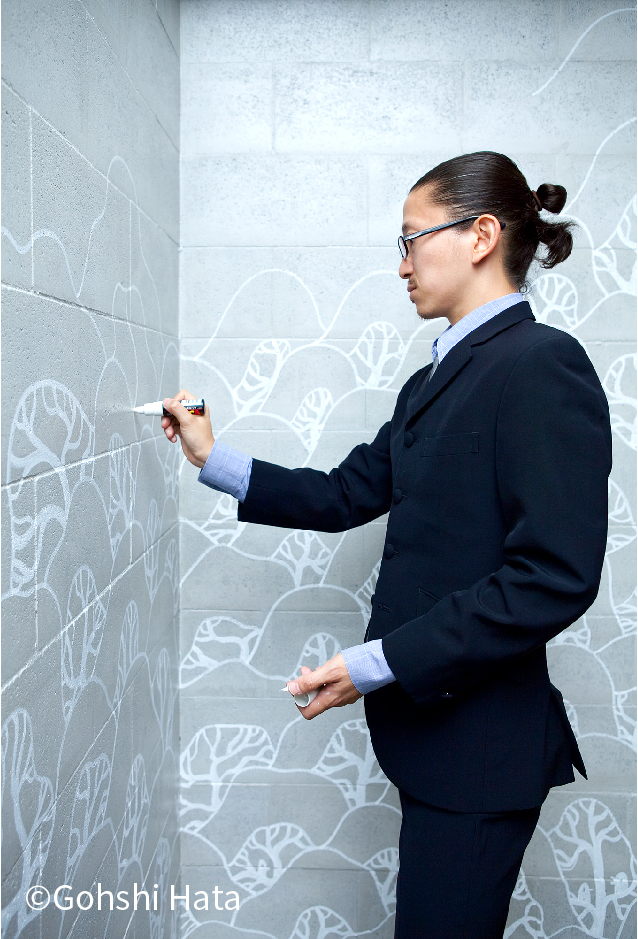
PROFILE
Graduated from Kuwasawa Design School. Based in Tokyo and Onigashima, Takahashi works in Japan and oversea in his career. His line drawings create a unique worldview that evokes a "Western" feeling in Japan and a "Japanese" feeling overseas. His works are presented in a variety of genres, including mural painting for art museums and commercial facilities, products, and commercial design. He continues his niche production and substantiated experiments. His "Japanese Graffiti Series," one of his representative works, incorporates manga and traditional Japanese techniques, and he has collaborated with various companies such as Microsoft, Converse, and Wacoal.
http://www.nobumasatakahashi.com
